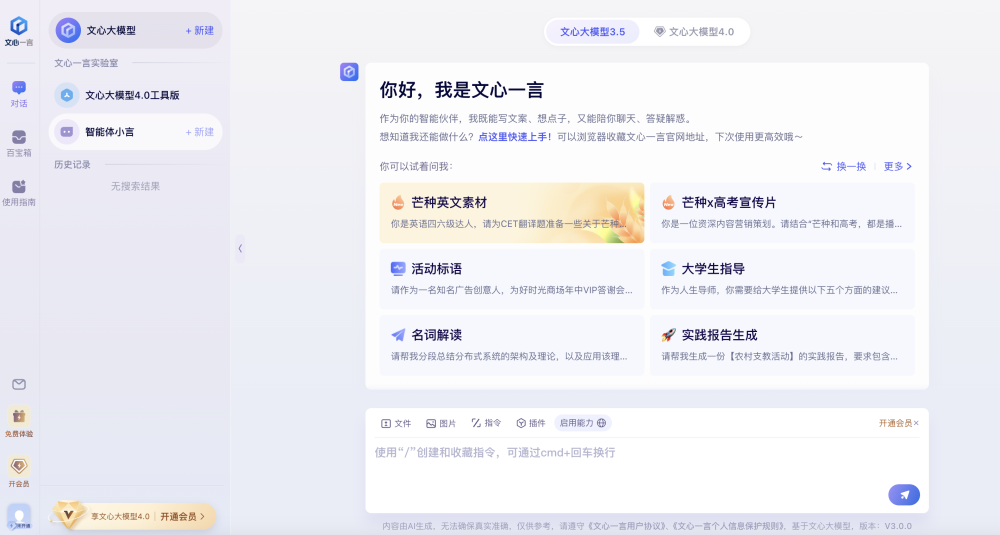Google Researchers Unveil First AI Game Engine: A Breakthrough in Game Development
Most people like

Discover a cutting-edge creative platform that harnesses the power of AI to generate stunning images tailored to your unique personal style. Unleash your imagination and transform ideas into visual masterpieces effortlessly.

Elevate your marketing materials effortlessly with our AI-driven design tool that empowers you to create stunning assets in no time.

Discover the power of an AI content partner for enhanced copywriting and engaging conversations. Whether you’re crafting compelling marketing copy or looking for an intelligent chat assistant, our AI solutions are designed to elevate your communication and streamline your creative process. Unlock new possibilities with advanced technology at your fingertips!
Find AI tools in YBX
Related Articles
Refresh Articles

